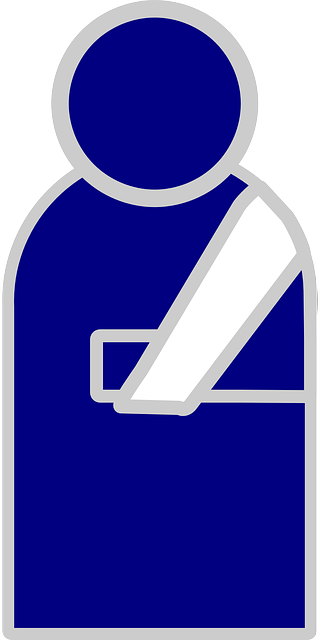Pedestrian accident insurance claims offer financial protection for injured pedestrians, covering medical expenses and legal costs. Understanding policy coverage limits, including liability and deductibles, is crucial for fair compensation. Seek guidance from insurers or legal experts if unsure about exclusions, caps, and settlement goals, as these factors vary by jurisdiction and claim type. Maximize compensation by knowing when illegal activities or jurisdiction-specific caps limit coverage, ensuring victims receive appropriate financial support after motor vehicle-pedestrian collisions.
In the event of a pedestrian accident, understanding your insurance policy’s coverage limits is crucial for maximizing compensation. Pedestrian accident insurance claims can vary widely in scope and financial support, depending on factors like liability, medical expenses, and other damages. This article guides you through the essentials of pedestrian accident insurance claims, focusing on identifying coverage limits, recognizing exclusions, and navigating caps to ensure you receive fair and adequate compensation for your injuries.
- What are Pedestrian Accident Insurance Claims?
- Identifying Coverage Limits in Your Policy
- Maximizing Compensation: Understanding Exclusions and Caps
What are Pedestrian Accident Insurance Claims?

Pedestrian Accident Insurance Claims are financial protections designed to compensate individuals who suffer injuries or losses due to accidents involving pedestrians. These claims typically arise when a pedestrian is hit by a motor vehicle, leading to physical harm, medical expenses, and potential legal costs. In many cases, insurance policies step in to cover these expenses, offering a crucial safety net for those affected.
Understanding the scope of coverage is essential as these claims can vary widely based on factors like liability, policy deductibles, and the specific circumstances of the accident. Pedestrian accidents may also overlap with other legal domains, such as product liability or nursing home abuse, where an auto accident attorney might be involved to ensure victims receive adequate compensation for their injuries and related incidents.
Identifying Coverage Limits in Your Policy

When it comes to a pedestrian accident insurance claim, understanding your policy’s coverage limits is paramount. Your policy document is the key to unlocking this information. It’s meticulously designed to outline various aspects of coverage, including specific limitations and exclusions. Scrutinize the sections dedicated to personal liability and medical payments. These typically provide details on the maximum amounts insurers will cover for medical expenses and non-economic damages in the event of an accident.
Pay close attention to subheadings like “Limits of Liability,” “Minimum and Maximum Coverage,” or “Coverage Limits for Slip and Fall Injuries.” These sections may specify different limits for various types of claims, including those involving property damage, personal injuries, or even wrongful death. Remember, clarity is essential; if you encounter any confusion, don’t hesitate to reach out to your insurance provider or a legal expert for guidance.
Maximizing Compensation: Understanding Exclusions and Caps

When pursuing a pedestrian accident insurance claim, maximizing compensation requires a thorough understanding of policy exclusions and caps. Exclusions are specific circumstances or events that are not covered under your policy. For instance, if you were hit by a vehicle while engaging in an illegal activity, such as jaywalking, your claims might be excluded. Knowing these limitations is crucial to ensuring your expectations for financial redress align with what the insurance provider can offer.
Policy caps, on the other hand, limit the maximum amount of compensation you can receive for certain types of damages. These caps vary by policy and jurisdiction. For instance, medical expenses may have a cap, while pain and suffering damages might be subject to a lower limit. Understanding these caps helps in setting realistic goals for your accident settlements, whether it involves negotiating with an insurance company or consulting with a truck accident attorney for more severe cases like truck accident injuries.
When navigating a pedestrian accident insurance claim, understanding your policy’s coverage limits is paramount. By thoroughly reviewing your policy, identifying exclusions, and grasping compensation caps, you can maximize the potential outcomes of your claim. Remember, each policy is unique, so take the time to familiarize yourself with its specific terms to ensure you receive the full benefits you’re entitled to following an accident.





